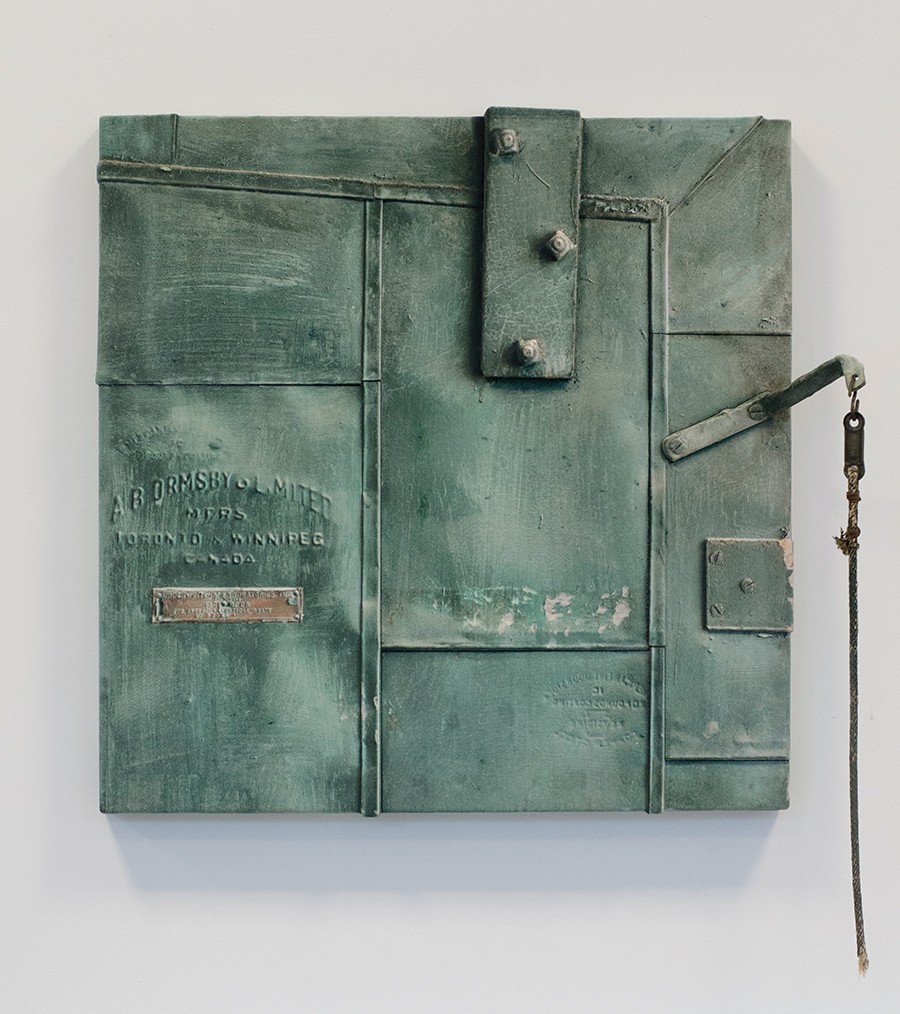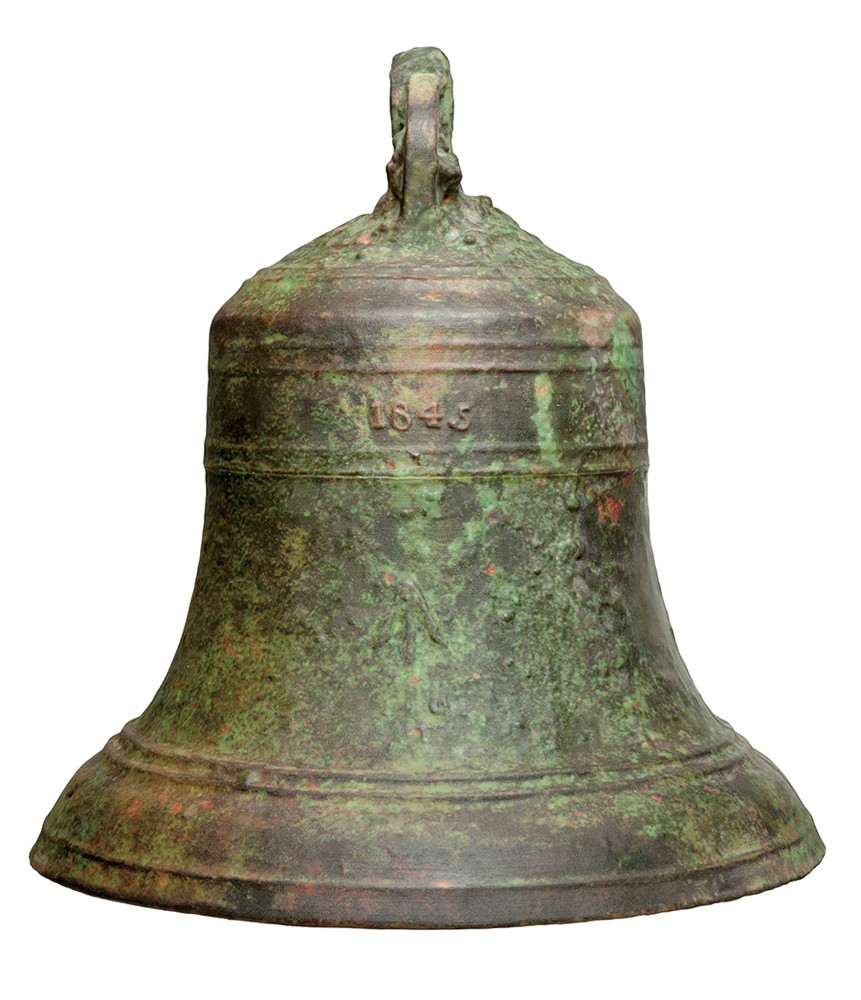That’s Photography with a D
Ed Burtynsky is an image-maker who has become fascinated with the possibility of becoming an object-maker. One of Canada’s most accomplished and admired photographers, he is a passionate advocate of 3D printing. Thirty years ago he started Toronto Image Works, a business that provided technology to creative people. “I saw that this was the next generation of getting high-end technology into their hands.” The result of his new vision is Think2Thing, a two year-old company of which he is a co-founder. While he hasn’t shifted away from filmmaking and still photography, he admits he is “just beginning to grapple with it in my own work.” He finds the technology has a substantial photographic component. “We can scan any object in full colour and reproduce it in full colour in the third dimension, so I refer to it as bringing the D into photography. It’s ‘Photography 3.0’.”

Ed Burtynsky, Erebus Bell, 2015, process photo, coloured sandstone, 15 x 15 in. Replica of the HMS Erebus ship bell. All images courtesy Ship2Thing, Toronto.
The process has the potential for use in the creative arts, industrial and medical design and manufacturing. At a recent conference in Toronto, Burtynsky brought on stage a single copy of an editioned 24- by 24-inch chunk of a door he had taken with his 3D scanner from the site where the Museum of Canadian Contemporary Art (MoCCA) will be relocating. The object had the colour and the texture of its source, including “all the paintbrush strokes and the little bits of hair from the brush that had been left in the paint.” On stage with him were the directors of the National Gallery, the ROM and the Ryerson Image Centre, and he asked them a question. “I’ve created this thing, so in which department does it belong: photography, sculpture, contemporary art? Is it trans-media? Is it photographic sculpture or three-dimensional photography?”

Door Fragment, 2015, coloured sandstone on MDF, 23 x 23 x 2 in. Tower Automotive/MOCCA, Toronto.
But the questions that 3D printing elicits are not only problems for categorical placement in museums. Walter Benjamin would be chomping at a new technological bit in light of the exact replica that 3D printing can produce. What does this form of technological reproduction do to the notion of the aura? The 3D printed version of the bell from the Erebus, the recovered ship from the Franklin Expedition, is indistinguishable to the eye from the original. Burtynsky wonders, “How do we begin to frame ideas about the original, the replica and how they relate to our understanding of authenticity?”

Erebus Bell, 2015, coloured sandstone, 15 x 15 in. Replica of the HMS Erebus ship bell.
Burtynsky views the application of 3D technology as an inescapable force to be reckoned with in a future that is fast approaching. At present, the technology isn’t quick enough to move into general manufacturing. Every inch of height takes about an hour of layering and building time. But a company at the same Toronto conference has technology that runs a hundred times faster than the machines used by Think2Thing. “Once you start getting into those kinds of speeds,” Burtynsky says, “then you can consider 3D as a manufacturing process and not just a prototyping process. It is speeding up and getting better and more accurate and more refined. It’s not about to be un-invented.” Burtynsky comes out of culture but he sees the mind-blowing potential of the technology in the medical field. “So much is happening in the production of printing living tissue that before long we will have someone saying, ‘Here’s your kidney, sir. We just printed it.’ Now that sounds like sci-fi.” ❚
Order Issue 136 here.

